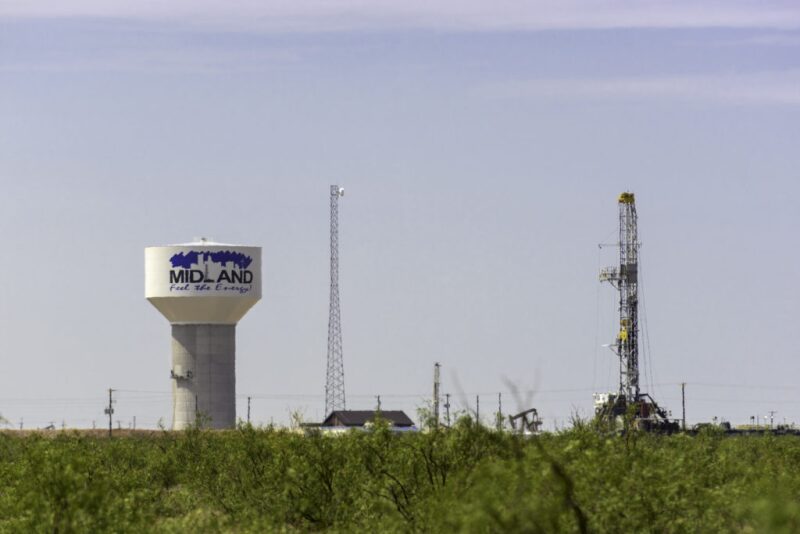Annual gas production from the Permian Basin continues to reach new heights. This is according to the US Energy Information Administration (EIA) which in a new report said gas output from the prolific region topped a record average of 21 Bcf/D in 2022.
The figure marks a 14% year-on-year increase for the basin that spans portions of Texas and New Mexico. The EIA added that the trend appears to be continuing as gas flows as of this month are on pace to average 22.8 Bcf/D.
The assessment puts the Permian behind only the Appalachian Basin (home to the Marcellus Shale and Utica Shale) in terms of the largest gas-producing regions in the US. The EIA projects June averages from the Appalachia to be above 35.3 Bcf/D.
But unlike the pure gas plays of Appalachia, most of the record output from the Permian is attributed to associated gas from oil wells. The EIA noted that this means Permian gas production is more tied to oil prices and can thus result in bigger fluctuations in output.
The abundance of gas in the Permian sometimes also results in a negative pricing as happened in April when regional spot prices traded at -$0.33/MMBtu. However, analysts expect new pipeline projects will soon help reduce the Permian bottleneck.
The EIA said announced pipeline projects should add another 4.2 Bcf/D of takeaway capacity by the end of next year. Most of these projects will terminate at ports and liquefied natural gas facilities found along the US Gulf Coast.
- Whistler Pipeline expansion project involves three new compression stations which is expected to increase capacity by 0.5 Bcf/D to 2.5 Bcf/D in September.
- Permian Highway Pipeline expansion project is set to increase capacity by 0.55 Bcf/D to 2.65 Bcf/D by November.
- Gulf Coast Express Pipeline will boost capacity by 0.6 Bcf/D to 2.65 Bcf/D in December.
- Matterhorn Express Pipeline is scheduled to add 2.5 Bcf/D of capacity upon its completion by the end of 2024.


